The Amazon rainforest includes the largest stretch of tropical rainforest and the most biodiversity on the planet. In fact, it represents more than half of the world's remaining rainforests. The Amazon rainforest is truly an incredible destination and it should definitely be a future destination that you should choose to explore if you are a lover of adventure travel and adventures. It is a place with the most peaceful, wonderful scenery in the world, but also many mysterious dangers lurking, making this forest not suitable for the faint of heart or timid. Wildlife in the Amazon is one of the things that attracts tourists to this land the most. However, before going on an adventure, you should learn about 10 out of Amazon dangerous animals that can become serious threats if you are not equipped with the essential knowledge.
For more articles about animals, just join us here and here. Black caiman
Black caiman
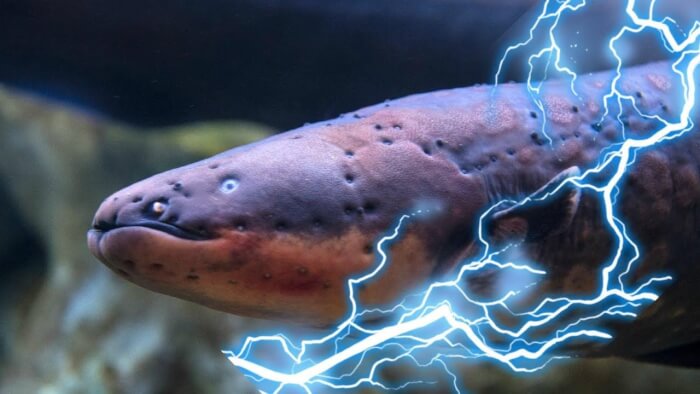 Electric eel
Electric eel
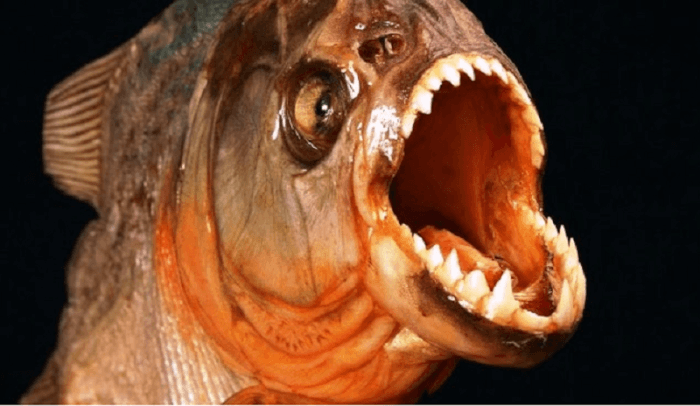 Piranha
Piranha
 Green Anaconda
Green Anaconda
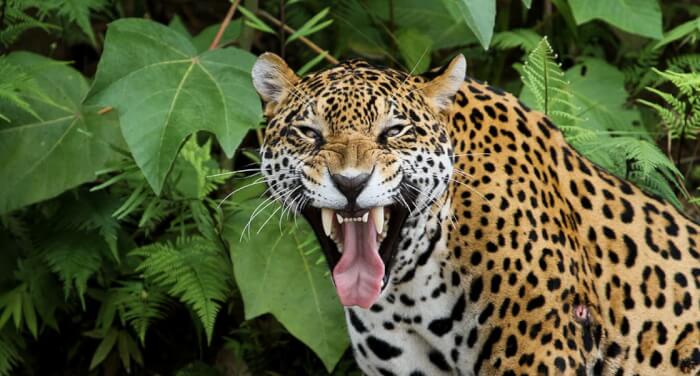 Jaguar
Jaguar
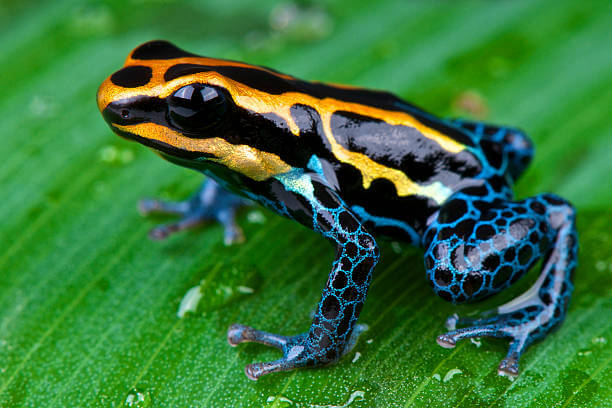 Poison Dart Frog
Poison Dart Frog
 Pit Vipers
Pit Vipers
 Bull shark
Bull shark
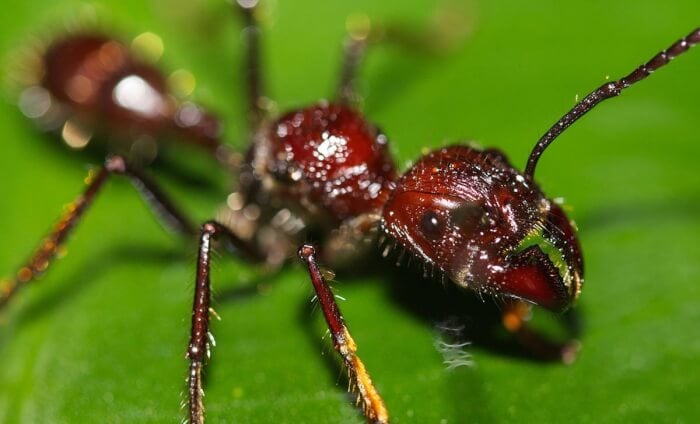 Bullet ant
Bullet ant
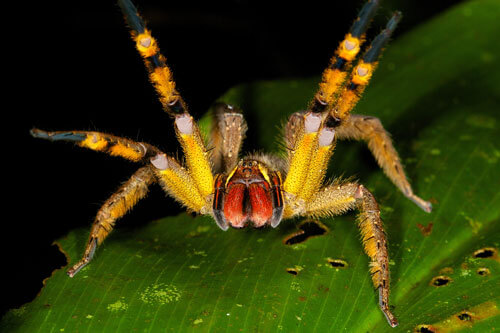 Brazilian Wandering Spiders
Brazilian Wandering Spiders
For more articles about animals, just join us here and here.
#1 Black caiman - the largest predator in the ecosystem of the Amazon
 Black caiman
Black caimanSource: explore
#2 Electric eel - just a few shocks from this creature can cause respiratory failure and heart
 Electric eel
Electric eelSource: YouTube
#3 Piranha - they are actually not as fierce as their appearance and depicted in the movie
 Piranha
PiranhaSource: Folha do Progresso
#4 Green Anaconda – the largest snake on Earth
 Green Anaconda
Green AnacondaSource: Animal Spot
#5 Jaguar - Jaguars are the largest carnivorous mammals in Central & South America
 Jaguar
JaguarSource: Rainforest Cruises
#6 Poison Dart Frog - this creature has enough venom to kill ten grown men
 Poison Dart Frog
Poison Dart FrogSource: iStock
#7 Pit vipers – one of the most venomous snakes on Earth
 Pit Vipers
Pit VipersSource: Smithsonian's National Zoo
#8 Bull shark - the most frequently attack humans; like to live in populated areas
 Bull shark
Bull sharkSource: Discovery
#9 Bullet ant - the largest ants on Earth that can incapacitate animals the size of a strong man
 Bullet ant
Bullet antSource: The Animal Facts
#10 Brazilian Wandering Spiders (also called banana spiders) - among the most venomous & aggressive spiders
 Brazilian Wandering Spiders
Brazilian Wandering SpidersSource: Entomology and Nematology Department - University of Florida